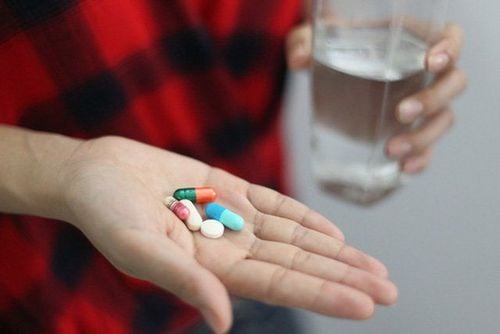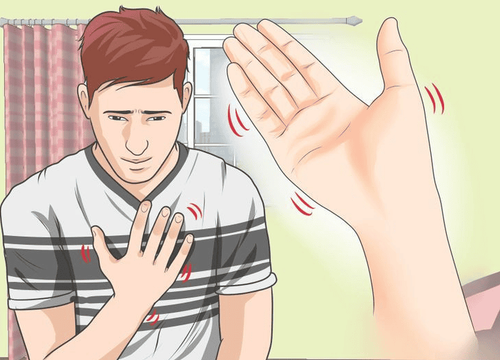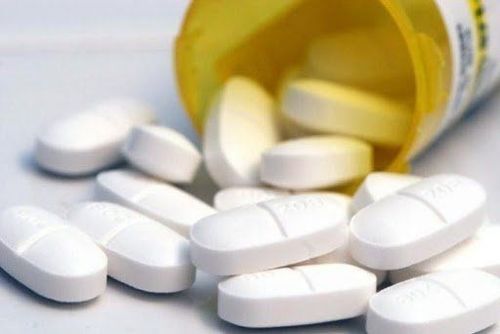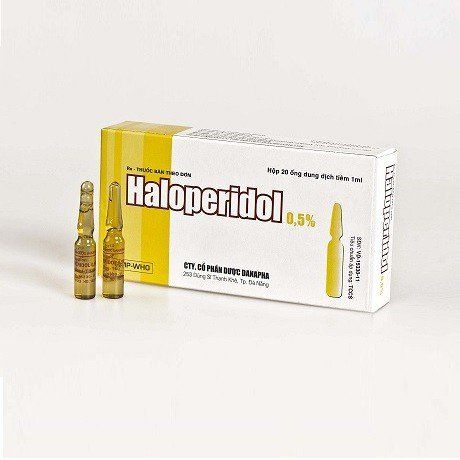This is an automatically translated article.
Depression is a common illness that can cause many serious consequences if left untreated. Depression has many different levels corresponding to severe and mild symptoms. So how many stages of depression, how to treat this condition?
1. What is depression?
Depression is a pathological condition of emotions, manifested by the inhibition of mental activity. Typical depression often has manifestations such as: low mood, loss of interest or enjoyment, decreased energy leading to increased fatigue and decreased activity, ... persists for at least 2 weeks. In addition, there are other symptoms of depression such as: Decreased attention span, decreased self-confidence and self-esteem, thoughts of guilt and unworthiness, pessimism about the future, thoughts or behavior self-harm, sleep disturbance, loss of appetite,...
Depression is caused by many causes, usually: endogenous depression, psychogenic depression and real depression.
2. Depressive episodes
How many stages of depression? Episodes of depression are classified based on factors such as the symptoms you experience, their severity, and how often they occur. Certain types of depression can cause a spike in the severity of symptoms.
2.1 Depression stage 1 - grade 1 (mild depression) Mild depression usually manifests as a temporary feeling of sadness. These symptoms can last for days, interfering with your normal activities. Some symptoms of mild depression include:
Irritability, anger; There is guilt, despair; low self-esteem; Loss of interest in activities you used to enjoy; Difficulty concentrating at work; Lack of motivation; Not wanting to communicate with others; Insomnia or daytime sleepiness; Tired; Change in appetite; Weight change. The general psychological symptoms of this depressive episode are often mild and go unnoticed. In particular, people with depression may also feel physical symptoms such as: aches and pains all over the body, joint pain, shortness of breath, fatigue in the heart, nervousness, etc. This may make you think I'm sick and went to the doctor but couldn't find the cause. In fact, it's a sign of depression.
Mild depression can be controlled without medication. These are measures such as: Lifestyle adjustment, dialogue measures, use of anti-depressant probiotics, supportive products such as herbs, ... However, if no intervention, depression will be severe 1 does not go away on its own, can progress to more severe forms.
If the above symptoms persist, appearing on average 4 days/week for 2 years, you may have persistent depressive disorder. At this point, you need to seek help from a mental health professional.
2.2 Depression stage 2 - grade 2 (moderate depression) With the question of how many stages of depression, stage 2 is developed from stage 1. Moderate depression has symptoms similar to depression light but more severe. In addition, stage 2 depression can cause problems such as:
Vulnerable self-esteem; Reduced ability to work; Feeling worthless; Sensitive; Worrying too much. The biggest difference between moderate depression and mild depression is that the symptoms of the illness are severe enough to cause some problems with work, the ability to care for family, and social interactions. As a result, depression is both easier to diagnose. When diagnosed with stage 2 depression, the patient is prescribed psychotherapy or antidepressant medication.
2.3 Depressive episodes, severe, without psychosis How many stages, which stage has more dangerous effects? It is a major depressive episode without psychosis. Major depression has serious and noticeable symptoms that even a loved one can spot. Patients often have the following manifestations:
Prolonged sadness; Excited or sluggish; Always lose confidence; Feeling worthless or guilty; Hurting yourself or those around you; The patient may have suicidal thoughts or commit suicide. Somatic symptoms also appear frequently during this depressive episode. Patients usually have 3 typical symptoms of mild or moderate stage, plus at least 4 other severe symptoms. Duration of symptoms usually lasts at least 2 weeks, with little ability to function socially, professionally, with household chores,...
2.4 Severe depressive episode with psychosis Patient depression is accompanied by symptoms such as delusions, hallucinations, for example hearing voices, strange sounds or imagining an impending disaster,...
Severe depression or depression associated with it Psychosis requires medical intervention as soon as possible. When psychotic symptoms or self-injurious behavior or suicidal thoughts occur, the patient should see a mental health specialist immediately. Doctors can use drugs or combine with psychotherapy, electric shock, ... to help patients get out of dangerous situations.
2.5 Other Types of Depression How many stages does depression have? In addition to the above stages, people also have another form of depression: hidden depression. Symptoms are not clear, there are symptoms that are dead, difficult to diagnose such as stress, depression, anxiety, more symptoms of pain or persistent fatigue with real causes,...
Also, if possible During treatment for depression, patients may also be classified into another depressive episode - the remission phase. Complete remission (all symptoms of the disease have disappeared) or partial remission (the patient has a few symptoms but not enough to diagnose depression - usually less than 4 symptoms).
Above is the answer to the question of how many stages of depression develop. When having symptoms of depression, the patient should share his or her condition with a loved one or a doctor for help. When diagnosed correctly, patients will have access to treatment measures to help themselves get rid of depression to return to a happy and joyful life.
Please dial HOTLINE for more information or register for an appointment HERE. Download MyVinmec app to make appointments faster and to manage your bookings easily.













